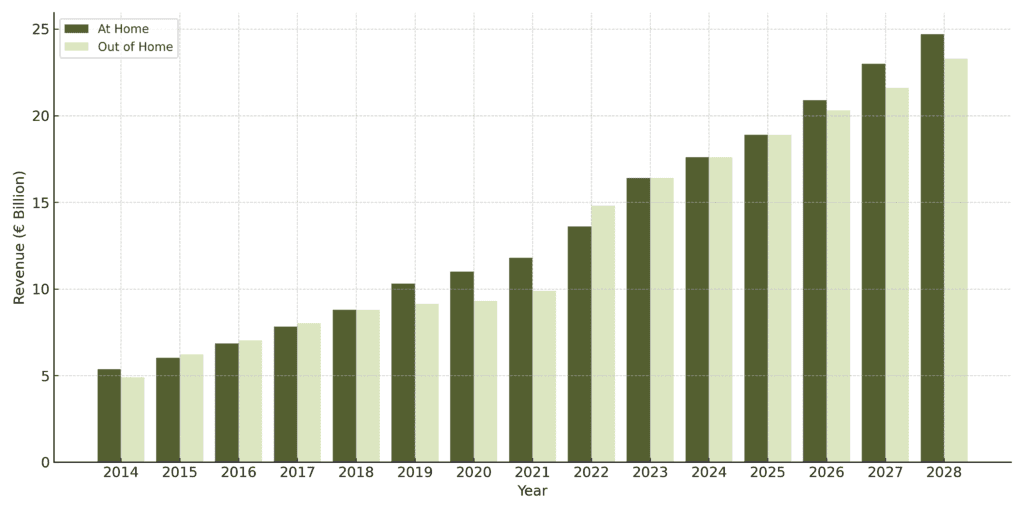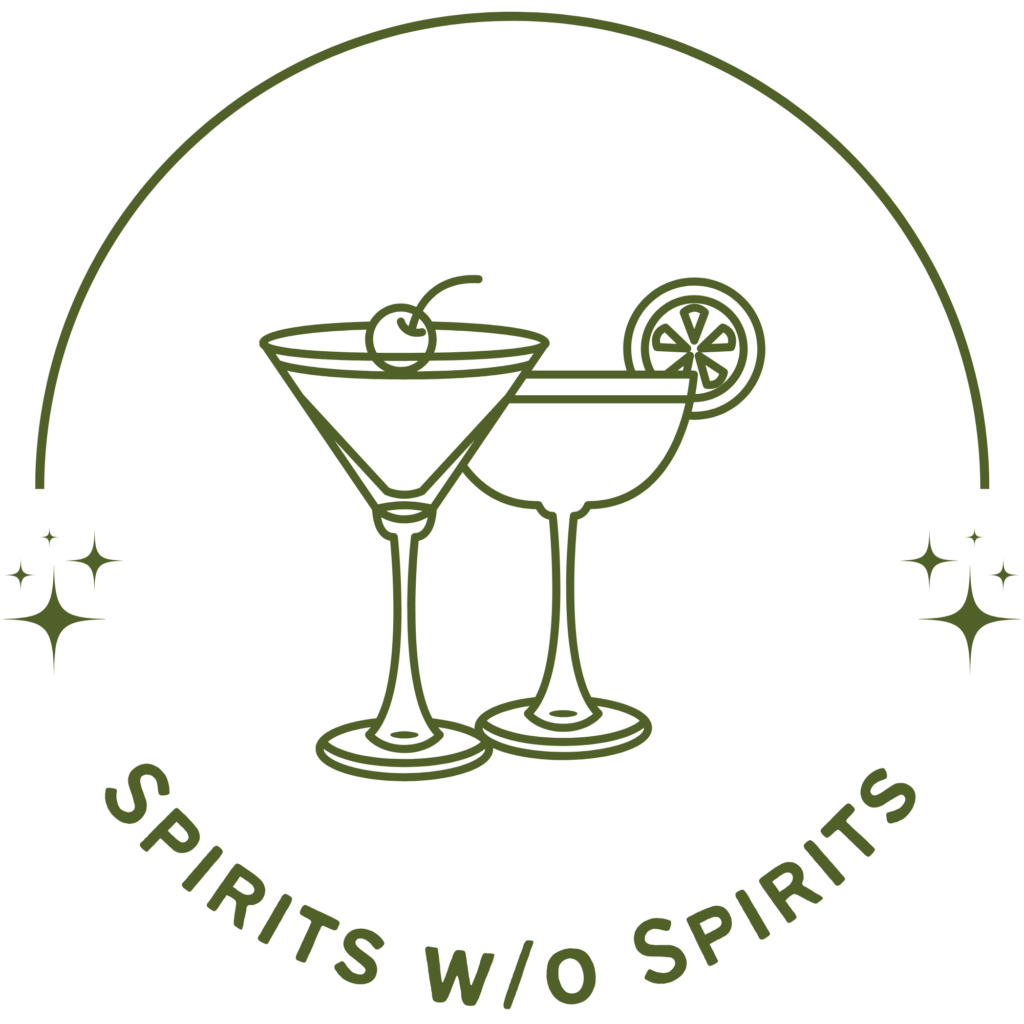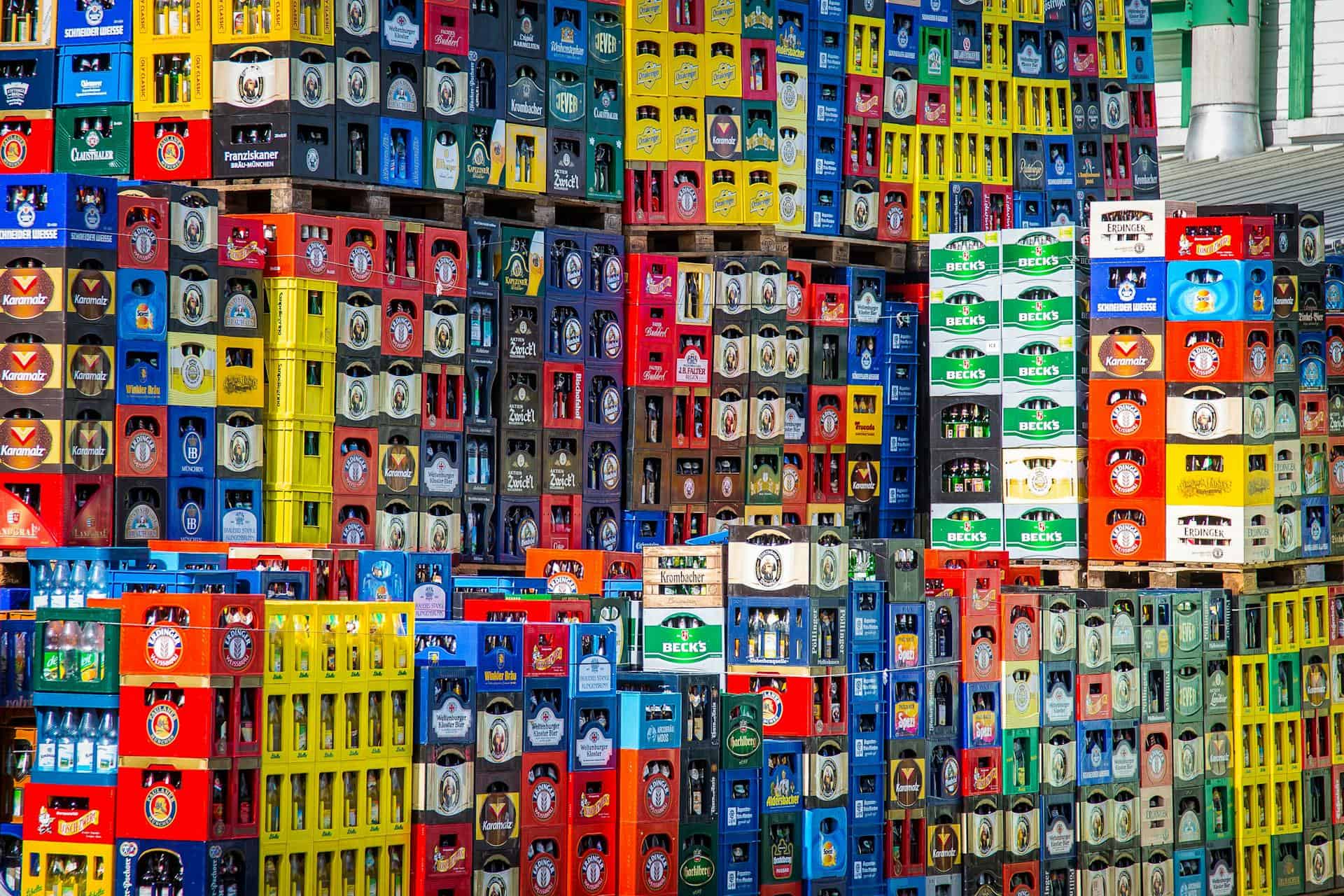Global sales of non-alcoholic beer have experienced remarkable growth over the last decade. In 2014, the total revenue generated by non-alcoholic beer stood at €10.27 billion, with €5.36 billion consumed at home and €4.91 billion consumed outside of home. By 2023, these figures increased significantly, reaching €31.6 billion in total revenue, with €13.6 billion attributed to at-home consumption and €16.4 billion to consumption outside the home.
This trend highlights the growing popularity of non-alcoholic beer globally, supported by an increase in product diversity and improved quality standards. The numbers also show a shift toward at-home consumption, especially during and after the COVID-19 pandemic.

Datasource: Statista
The variety of products is particularly remarkable: In addition to classic alcohol-free varieties, more and more breweries are expanding their range to include specialty beers such as alcohol-free wheat or alcohol-free IPA variants – and the great thing is, some of them even taste really good. I can highly recommend the tasting package here to try them out a little. Fortunately, the days when you had to limit yourself to rather malty Clausthaler are over and there is now a suitable non-alcoholic beer for every taste.
How Many Liters of Non-Alcoholic Beer Are Consumed Worldwide?
While exact volume data isn’t available, the revenue growth indicates a significant increase in global consumption. Consumers are embracing non-alcoholic beer not only as an alternative to traditional alcoholic beverages but also as part of a more health-conscious lifestyle. The steady rise in sales figures reflects a growing demand for healthier, alcohol-free options across diverse markets.
The COVID-19 pandemic played a pivotal role in changing consumption patterns. From 2020 to 2021, revenues from out-of-home consumption dropped sharply, from €14.8 billion in 2019 to €9.9 billion in 2020, before rebounding in 2022. This decline was primarily due to restrictions on restaurants, bars, and other venues. At-home consumption, however, remained stable or even grew during the pandemic, highlighting its resilience as a market segment.
What Is the Market Share of Non-Alcoholic Beer Globally?
Non-alcoholic beer is still a smaller segment of the global beer market but is growing rapidly. In many regions, non-alcoholic beer now accounts for 5-10% of the total beer market, with higher shares in markets where health and wellness trends are more prominent. The data indicates that by 2028, total revenue is expected to reach €48 billion, with €23.3 billion generated from out-of-home consumption and €24.7 billion from at-home consumption.
The growth is driven by increasing acceptance of non-alcoholic beverages, particularly among younger consumers and in regions such as Europe, North America, and the Middle East, where cultural or religious factors encourage alcohol-free consumption.
Why Is Non-Alcoholic Beer So Expensive?
The higher price of non-alcoholic beer compared to traditional beer can be attributed to several factors:
- Complex Production Processes: Non-alcoholic beer often requires additional steps to remove alcohol while retaining its flavor. Techniques like vacuum distillation or reverse osmosis add to production costs.
- Lower Production Volumes: Compared to traditional beer, non-alcoholic beer is produced in smaller quantities, leading to higher per-unit costs.
- Premium Perception: Many consumers associate non-alcoholic beer with health benefits and are willing to pay a premium. This perception allows producers to position it as a premium product.
- Global Variability: Prices also vary by region, with import duties, transportation costs, and marketing strategies influencing the final retail price.
Conclusion
The global market for non-alcoholic beer is on a steady upward trajectory, driven by changing consumer preferences, health-conscious lifestyles, and innovation within the beverage industry. While the pandemic temporarily disrupted out-of-home consumption, the market has rebounded strongly, with significant growth projected in the coming years.
By 2028, the global market is expected to double its 2023 revenue, underlining the increasing importance of non-alcoholic beer as a mainstream beverage choice worldwide.


Leave a Reply